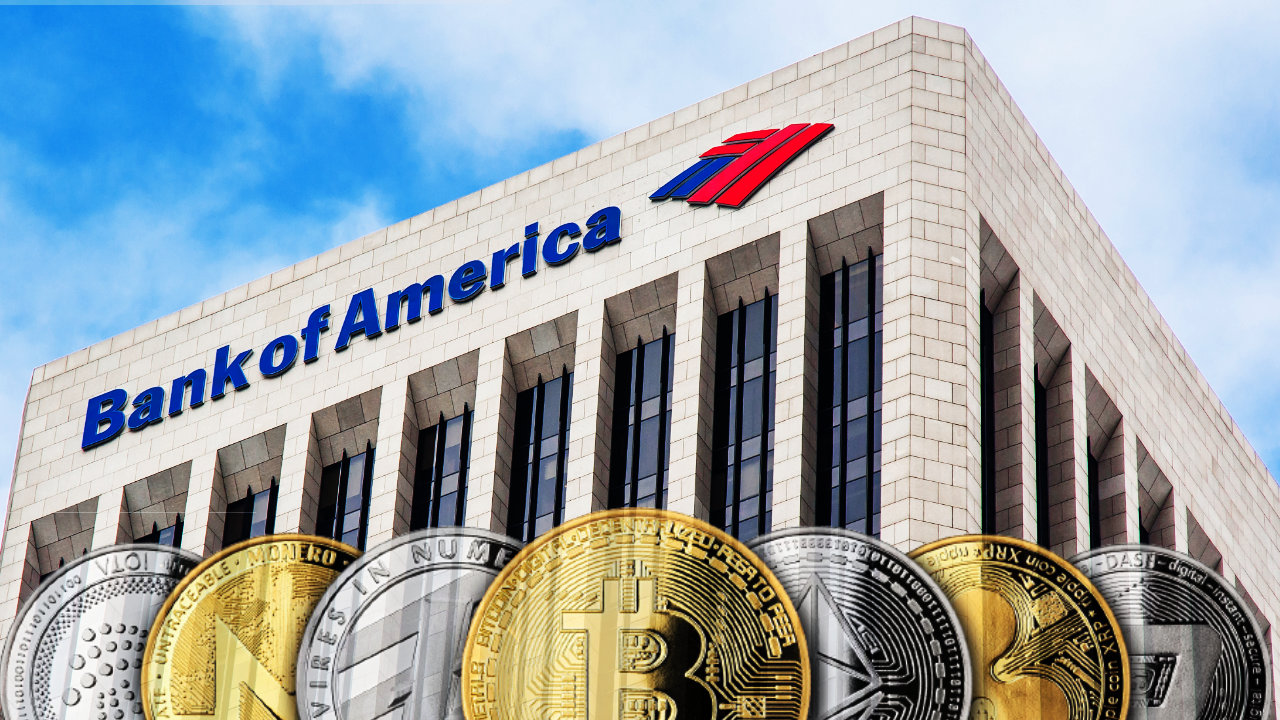Bitcoin’s Next Chapter: The Rise of Layer 2s
The Bitcoin community has been working tirelessly to enhance the network’s efficiency and functionality without altering its core software. One of the most significant developments in this regard is the emergence of layer 2 blockchains, or L2s. These innovative protocols have the potential to revolutionize the way we interact with Bitcoin, making it more scalable, secure, and programmable.
The Bitcoin ecosystem is evolving rapidly, with layer 2s playing a crucial role in its growth.
In this article, we’ll delve into the concept of Bitcoin layer 2s, exploring their classifications, benefits, and expected advancements in this sector. By understanding these innovative protocols, users can comprehend how Bitcoin continues to evolve and maintain its relevance in an increasingly competitive digital landscape.
The bitcoin cryptocurrency is the digital gold, and the whole economy is being created around it, analogous to gold in the physical world.
What are Bitcoin Layer 2s?
Bitcoin layer 2s are built on top of the Bitcoin blockchain, allowing transactions to be offloaded to them, addressing the Bitcoin blockchain’s performance issues and limitations, and adding programmability functionalities. There are three types of Bitcoin layer 2s:
State Channels
Function: Create external channels for transactions, which are recorded off-chain and updated as a single transaction on the main network at the end.
Example: Bitcoin Lightning Network.
A visual representation of state channels.
Sidechains
Function: Semi-autonomous networks that maintain communication with the main network and can define their architecture.
Examples: Stacks network, Rootstock Infrastructure Framework (RIF).
A diagram illustrating the concept of sidechains.
Rollups
Function: Serve as an execution layer that batches transactions and submits them to the main network’s consensus layer for final settlement.
Examples: Merlin Network, Build On Bitcoin, B^2, Bitlayer.
A simplified illustration of rollups.
The Benefits of Bitcoin Layer 2s
Bitcoin layer 2s address key issues to enhance the network’s efficiency and functionality. They improve scalability by reducing congestion, resulting in lower transaction fees and faster execution, making Bitcoin more suitable for everyday use. L2s also increase the utility of bitcoin holdings and introduce complex smart contract functionality, enabling DeFi, NFTs, and other Web3 applications. This enhanced programmability helps Bitcoin maintain market relevance.
The Future of Bitcoin Layer 2s
Looking ahead, we can expect further expansion and the emergence of new Bitcoin layer 2s. The upcoming evolution will include lowering transaction costs on the above L2s, adding further compatibility layers, and implementing well-known primitives on top of Ethereum, such as automation dApps or support of popular wallets.
The future of Bitcoin is bright, with layer 2s playing a crucial role in its growth.
In conclusion, Bitcoin layer 2s are revolutionizing the way we interact with the Bitcoin network. As the ecosystem continues to evolve, it’s essential to follow its development and embrace the use of BTC as one of the fastest-growing narratives in 2024.














